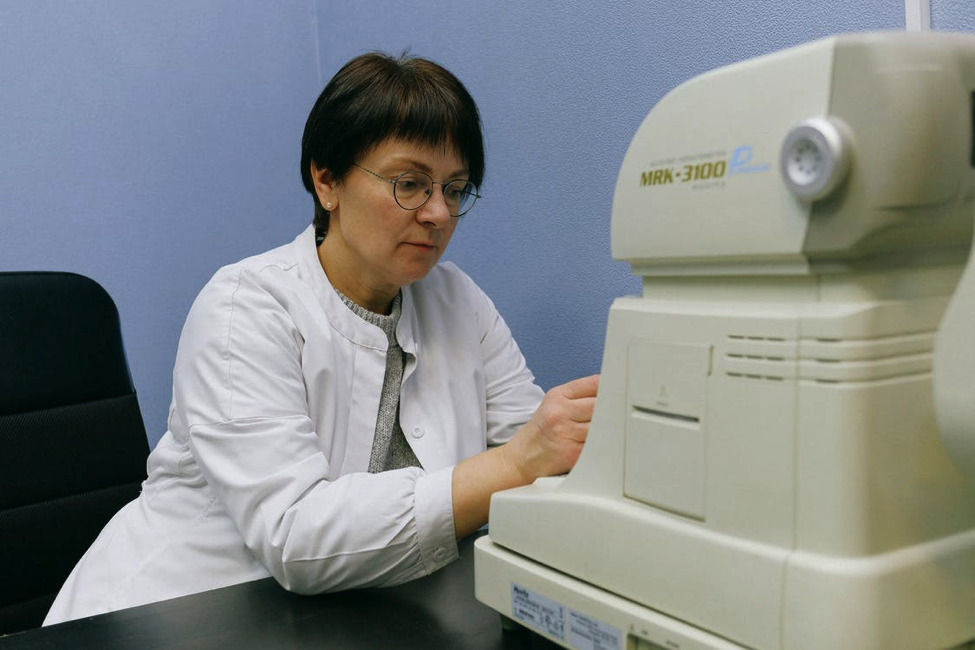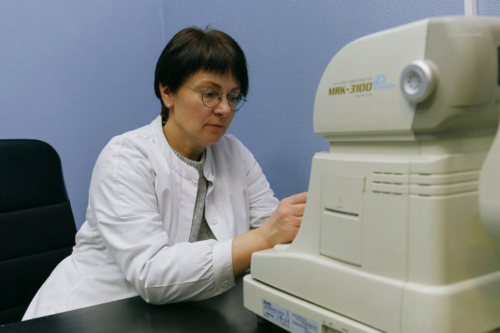
30 Nov 3 Top Ophthalmological Advances for 2021
Below are some of the top ophthalmological advances for 2021:
1. Optical Coherence Tomography
Optical Coherence Tomography or OCT is a noninvasive imaging technique that is used to secure cross-sectional, high-resolution imaging of the retina. The retina’s layers are differentiated while its thickness is measured to help detect and identify retinal conditions in its early stages. These retinal diseases may include macular degeneration, which is typically age-related, and diabetic retinopathy or diabetic eye disease. OCT testing is now a standard practice to assess and decide on specific treatments for many retinal problems. It utilizes light rays to measure the thickness of the retina without radiation and x-rays, a painless test that does not cause discomfort to the patient. The technology of OCT is similar to ultrasound though it uses light instead of sound, giving it a much clearer resolution.

Several breakthroughs in medical technology have been creating impressive changes in the ophthalmology field. Because of these innovations, coupled with the joint efforts of doctors, improvements have been made for better results from laser eye surgeries and new methods to help patients suffering from blindness. New technologies in ophthalmology can provide better results and offer advanced treatment alternatives for cataract surgery, vision correction, dry eye syndrome, glaucoma, and reduction. With these innovations, ophthalmologists and patients can now have more options concerning eye health and correcting vision, significantly impacting an individual’s quality of life.
2. Corneal Topography
Corneal topography is diagnostic equipment that includes a computer connected to a bowl containing ring patterns. It produces a detailed description of the cornea’s surface curvature. The cornea is in charge of roughly 70% of the focusing capacity of the eye. When a person has an evenly rounded cornea, they have normal vision. However, when the curve is uneven, there are problems with vision. With the use of corneal topography, doctors can identify irregularities that may not be as visible when traditional testing methods are employed. The details provided by corneal topography help diagnose and treat different eye problems. It is also a beneficial tool when preparing for surgery or fitting a patient’s contact lenses.
Concerning laser vision correction, it is used simultaneously with additional tests to decide on the amount of corneal tissue to be extracted for vision correction. Corneal topography is an effective tool in evaluating corneal abrasions, diseases, deformities, and other corneal issues.
- Intense Pulsed Light
Intense pulsed light or IPL has been around for a while now, commonly used by dermatologists to treat skin problems like lesions and acne. Presently, IPL is used to treat dry eyes and other chronic diseases of the eyelids. Intense Pulsed Light Therapy works by filtering light and removing unwanted wavelengths while utilizing appropriate light waves. During the procedure, the eyes are shut and secure, while the IPL pulsates on the surrounding skin of the eyelids. It penetrates the meibomian glands around the eyes, which are responsible for producing oil, dissolving excess oil, and declogging them. The result is the restoration of the meibomian gland’s function to allow the normal production of tears.
With these new advances, people suffering from various eye problems are looking at a brighter future with better vision.
Last Updated on December 1, 2021 by Marie Benz MD FAAD
